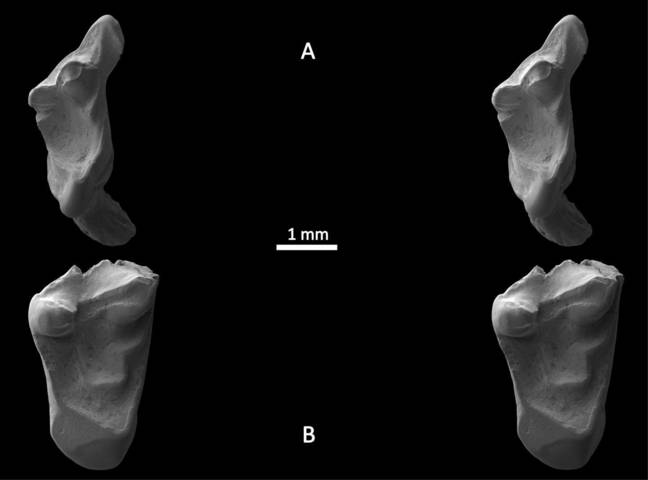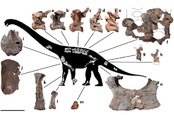This article is more than 1 year old
Our oldest mammalian ancestor named after British pub landlord
145 million year fossil reveals our rat-like relatives
Researchers have discovered fossils of our oldest mammalian ancestors yet found – along the coastline of Dorset in southeast England.
The two new species have been named Durlstotherium newmani, after pub owner Charlie Newman, once dubbed a living treasure; and Dulstodon ensomi, after Paul Ensom, a paleontologist. Both blokes are based in Dorset. The details of the finds ere published in the journal Acta Palaeontologica Polonica on Tuesday.
The samples were discovered by Grant Smith, an undergraduate student at the nearby University of Portsmouth. He was poking around rocks from the early Jurassic period in the Cretaceous era – some 145 million years ago – around cliffs near Swanage, a town in southeast Dorset, hoping to find something interesting for his undergraduate dissertation project.
Steven Sweetman, co-author of the paper and a researcher at the University of Portsmouth’s department of earth and environmental sciences, said that, unexpectedly, Smith found not one but two “remarkable teeth never before seen from rocks this age.”
“I was asked to look at them and give an opinion and even at first glance my jaw dropped! The teeth are of a type so highly evolved that I realised straight away I was looking at remains of Early Cretaceous mammals that more closely resembled those that lived during the latest Cretaceous – some 60 million years later in geological history," he added.

The fossilized teeth approximately 145 million years old as seen under an electron microscope. Image Credit: University of Portsmouth.
The shape of the teeth show that the animal had evolved long enough that it could pierce, crush and slice food up - a sign that it probably ate insects and maybe plants as well. The researchers believe the mammal was small, furry, and probably nocturnal.
Both species are directly related to a diverse range mammals from humans, to ginormous blue whales, to teensy pygmy shrews.
The teeth belonging to the rat-like animal were also quite worn, suggesting it lived to a long age. Sweetman said that was “no mean feat when you’re sharing your habitat with predatory dinosaurs!”.
It’s not the first paper that has claimed to find the oldest mammalian ancestor, Sweetman said.
“In the world of palaeontology there has been a lot of debate around a specimen found in China, which is approximately 160 million years old. This was originally said to be of the same type as ours but recent studies have ruled this out. That being the case, our 145 million year old teeth are undoubtedly the earliest yet known from the line of mammals that lead to our own species.”
“The Jurassic Coast is always unveiling fresh secrets and I’d like to think that similar discoveries will continue to be made right on our doorstep,” he concluded. ®

